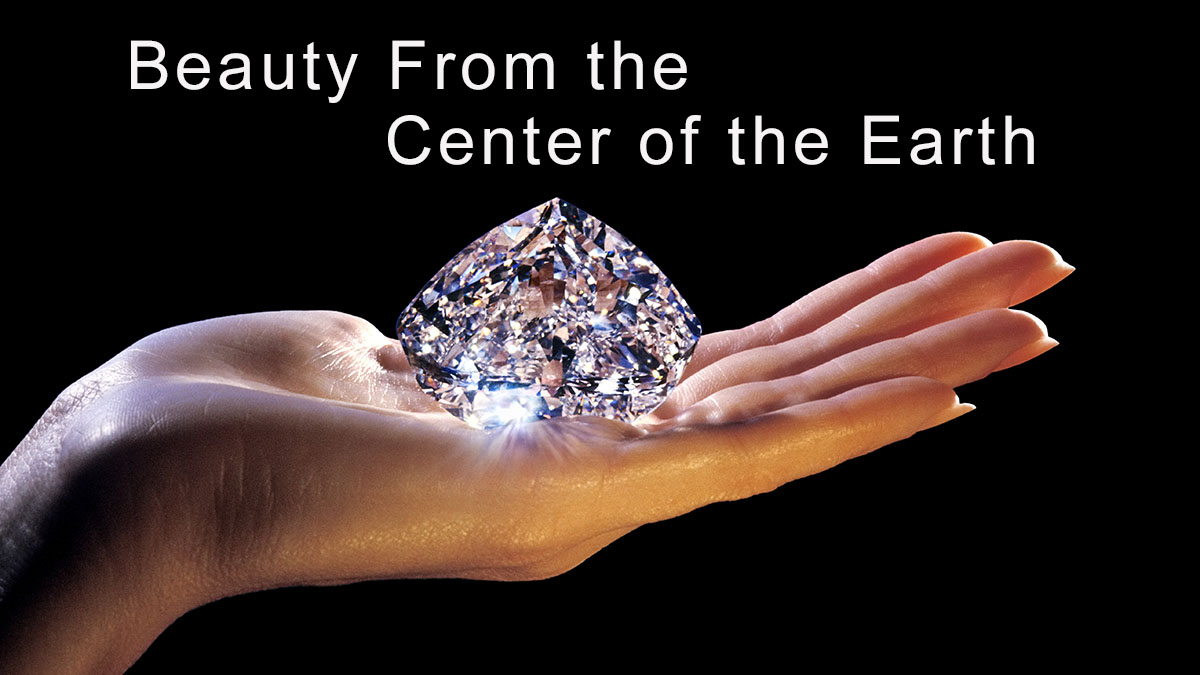AI, technological leap or existential threat?
From robotic telephone calls to self-driving cars, everywhere you look Artificial Intelligence is entering into our lives.
While it might unnerve some, much of this technology falls under the category of weak or narrow AI, meaning it's designed to learn and perform a single task. Specialists are more concerned with strong AI that can adapt to different situations, acquiring new skills and knowledge.
Last October, Google released a unit called Alpha Go Zero, which was able to learn the Chinese video game Go without human aid or programming. It did this simply by playing the game multiple times against itself.
AI Prints, Phone Cases, Masks, and More
The full potential of strong AI is still unknown, making it a cause for concern for many. In a recent interview, the preeminent scientist and entrepreneur Elon Musk said:
“We have to figure out some way to ensure that the advent of digital super intelligence is one which is symbiotic with humanity…mark my words: AI is far more dangerous than nukes.”
Other scientists are less pessimistic, seeing AI as a step forward for technology and the world.
What do you think? Inspire your vision of the future with the image gallery below.
msnbc.com
nature.com





















